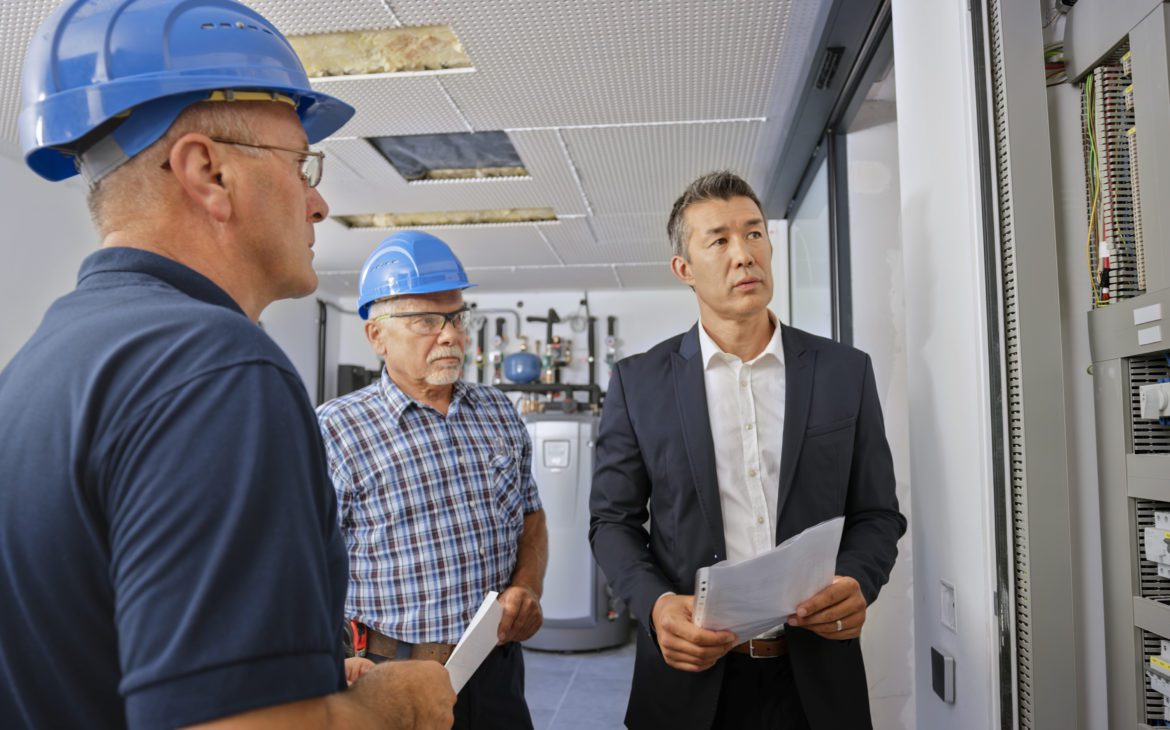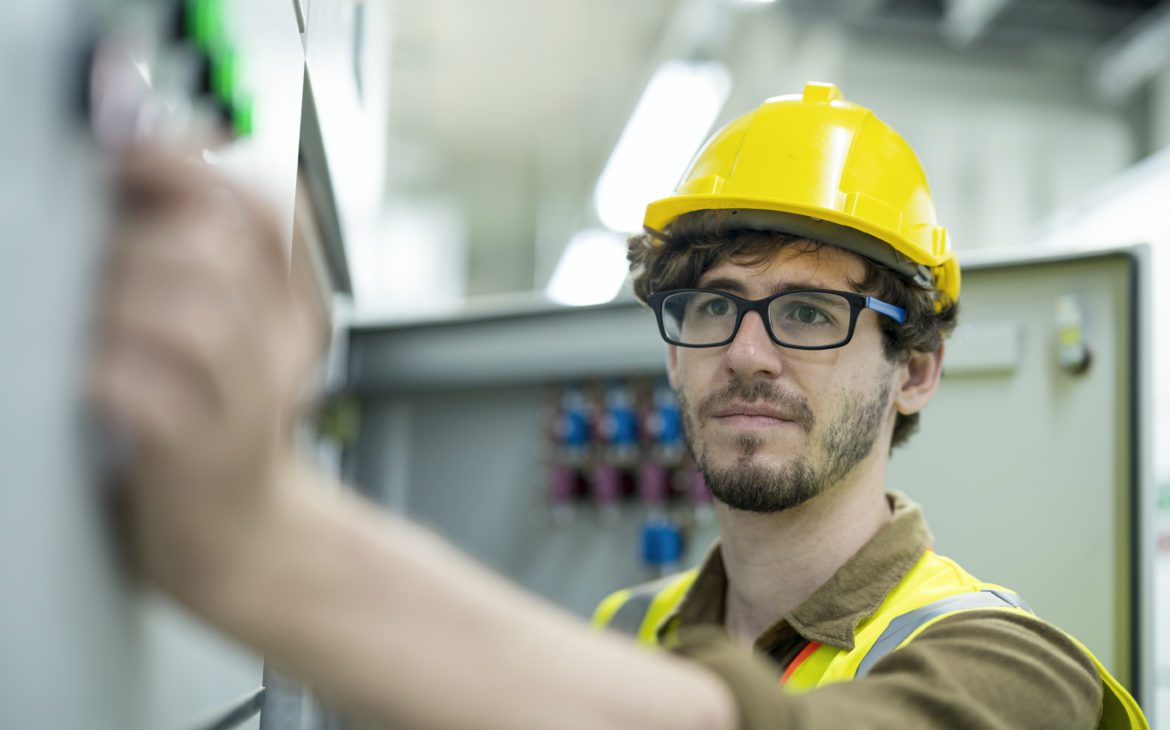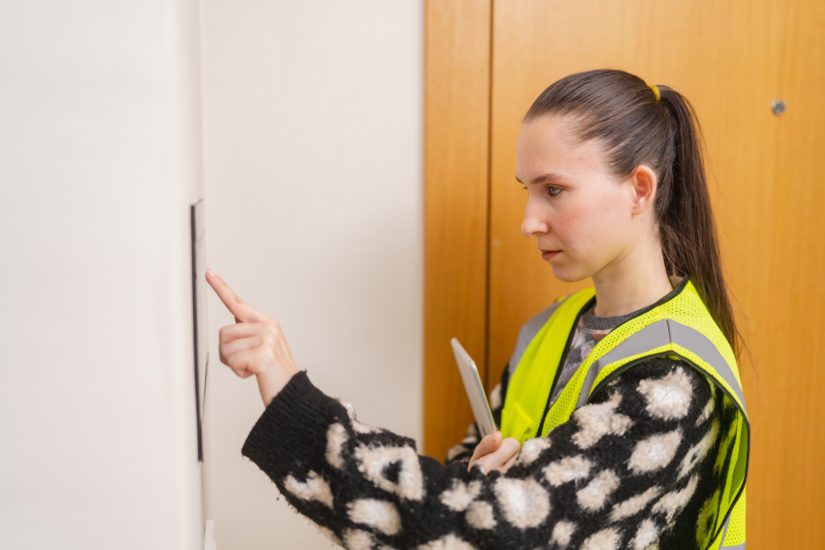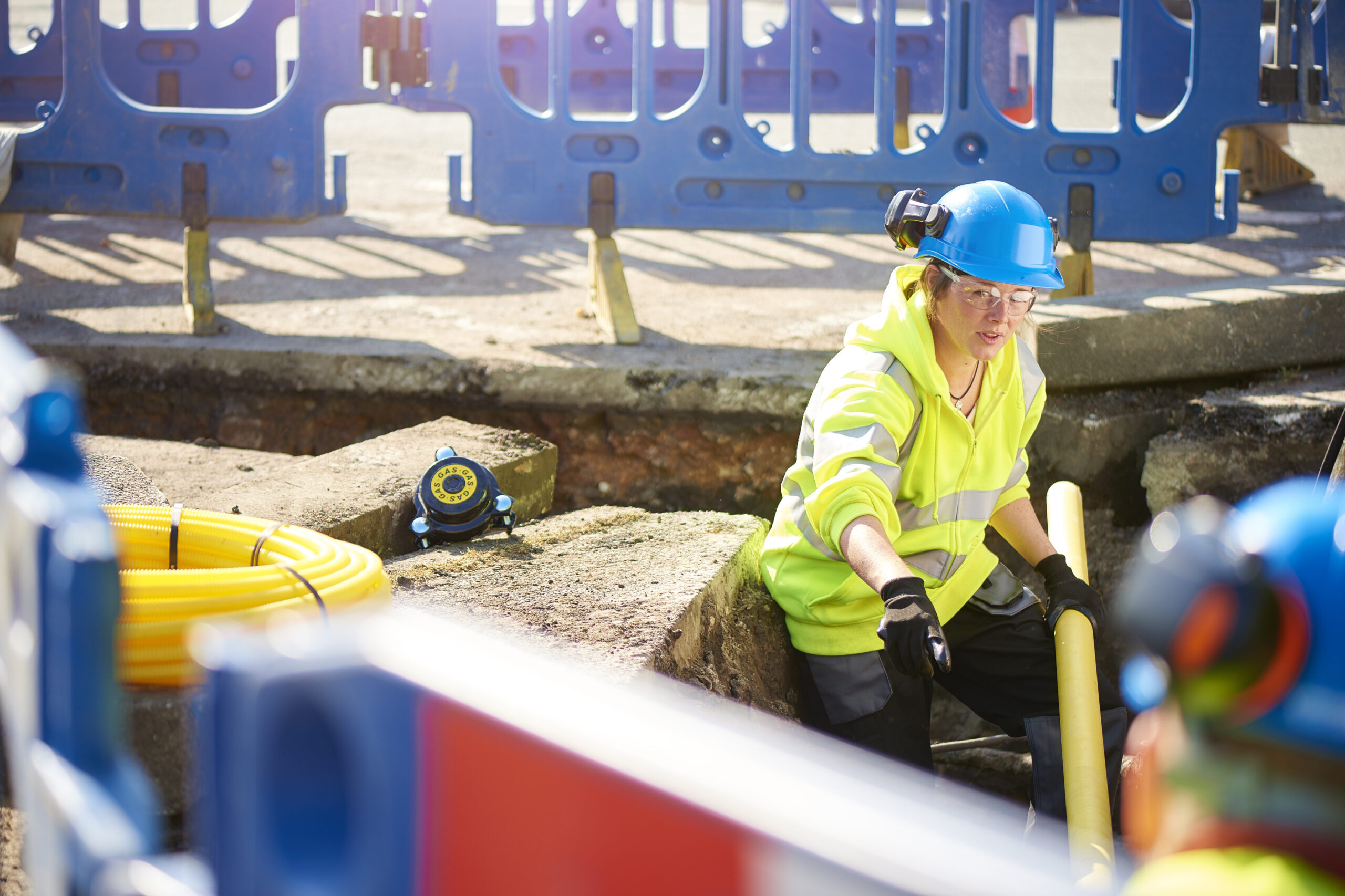Here’s what multifamily developers should expect
When planning construction of a new multifamily community, you know high-speed internet is an integral aspect of the build—just as much as heating, cooling, or even power itself in these hyperconnected days. But what can you expect when you contract with a high-speed connectivity provider to ensure that fiber is up and ready to be turned on by move-in day?
To find out, we interviewed Quantum Fiber experts, including sales engineers Mike Janssen and Brandon Lundeen as well as Senior Service Delivery Manager Eric Whisler to understand what multifamily development businesses should expect from the fiber installation process. We’ve put together a timeline, specifics about who is responsible for what, best practice tips, and how to avoid any “gotchas” that can occur along the way.

Your five-stage journey to fiber
There are five distinct stages to a fiber installation. Each one is important, and each one has its risks. That’s why it’s important to choose a provider that is trusted and experienced. Your ideal provider should also hold a superior reputation for timeliness of service delivery, service quality, and customer experience.

Stage 1: Develop a tailored solution for your property (30-45 days)
Your property is unique. You need an installation customized to your needs so that your occupants get the most out of their WiFi services. Your first responsibility after you sign an agreement with a fiber internet service provider (ISP) is to get development documents such as finalized site plans and schematics to the provider so the engineers can get to work.
Here’s what you can expect the fiber ISP to complete during this phase:
- The engineering team conducts field visits to your building site in preparation to begin sketching the site and drafting the design.
- The field-note design is converted to permit printouts to prepare for submission.
- The engineering team finalizes network paperwork, notification forms, and inventory design forms.
During this stage, you are responsible for getting your Fiber ISP installation team the names and contact info for your general contractors, key subcontractors, and any other people who will be working to successfully install fiber for your multifamily community.
Best practice tip:
“Participate in a formal kick-off call for the project”, Senior Service Delivery Manager, Eric Whisler, recommends. “This ensures that all relevant representatives from both the development and the provider sides are aligned on timeline of the project. Especially important is to confirm key milestones—budget, and scope of work.”
What to avoid tip:
“The last thing you want is to reach a late stage, only to realize a contractor can’t or won’t fulfil your requirements,” says Brandon Lundeen, a lead sales engineer for Quantum Fiber. For example, an electrician is always involved, along with another subcontractor, like a low-voltage wiring crew. You need to ensure everything is agreed upon and documented. “The sooner everyone connects and exchanges information in the form of writing and schematics, the better,” he says.
Stage 2. Request for installation permits and procure materials (10-30+ days)
Your fiber ISP’s field engineers will submit the installation permits as quickly as possible. This means contacting and providing all necessary paperwork to municipalities, to the State Department of Transportation, and to any affected rail authorities. The Army Corps of Engineers or other federal agencies that might control right of ways must also be notified.
Concurrent with applying for permits, the fiber ISP installation team proceeds to procure all necessary materials for their portion of the installation work: wiring, fiber, conduit, electronics, modems, and all other necessary items to complete the build and activation.
Best practice tip:
This is important to know when choosing an internet provider: Leading providers will be knowledgeable and proficient when procuring permits, reducing the risk of your installation timeline being delayed. “Quantum Fiber has decades of experience, and our seasoned experts try to anticipate potential problems and stay on top of the process to make sure that, as much as possible, everything goes smoothly,” says Michael Janssen, senior manager of sales engineering for Quantum Fiber.
What to avoid tip:
“The easiest permit crisis to avoid is getting well ahead of the date of occupancy,” Janssen explains. “Some municipalities just have long lead times. And if you come near a light rail system or a highway, this requires additional city coordination to schedule disruptions or lane closure, which may slow down the permit process.”
Stage 3. Off-site construction (30 days average)
Then comes the vigorous work of bringing the fiber to the property. The complexity and expense of this depends on how far the existing fiber source is from the building site. This is the responsibility of the fiber ISP and is usually a straightforward scheduling job to get all resources to the site so the contractors can splice it and bring it onto the property to prepare for on-site construction.
“For example, during this phase, Quantum Fiber is responsible for placing the fiber cable in a utility trench and providing a central pedestal [access point] for the property,” says Janssen.
Stage 4. On-site construction (30 days average)

During this stage, fiber is connected to your property’s infrastructure. You, as the builder or property owner, are responsible for providing certain materials and resources during this stage. These items may include: the conduit, wall space, a plywood backboard for the fiber distribution panel, a dedicated four-socket outlet, and other items outlined in your agreement. The fiber construction team then needs to install fiber throughout the property and into the living units’ media panels. Alternatively, they may install wireless access points throughout the property. Note: If the property chooses to have a phased development, each phase will need to have this stage repeated.
Stage 5. Implementation and activation (40-60 days)
Technicians go into every unit and all common areas, placing the modems and routers, and jacks for both wired services and for broadcasting WiFi. They activate, then test to ensure the activations worked.
This stage generally begins approximately 120 to 180 days into the project. It is considered complete when the last unit or home is activated. When builders have multi-phased developments, timing could refer to the phase in active development.
Best practice tip:
“Ensuring constant communication allows us to work together to stay on track and minimize potential disruptions,” says Janssen.
What to avoid tip:
Technicians need access to all of the units and common areas. Locked doors, lack of electricity, or limited access can slow down the completion. Any property smart devices should be installed if you want to incorporate them into any testing.
After the journey to fiber

Additional advice on how to begin your fiber journey
Fiber, of course, is the future-ready choice in internet communication technologies. If fiber is available in your geography, get an early advantage by being equipped to offer your multifamily community occupants a leading-edge technology to meet all their connectivity needs.
Leading fiber ISPs, like Quantum Fiber, will take the installation timeline very seriously. They will go the extra mile to stay on schedule—or will give you notice if an unexpected roadblock delays a particular stage of development.
Agreement negotiations need to take place as early as possible so execution can begin on time. It takes a minimum of 180 days on average—that’s six months—from the time you’ve completed contract discussions and handed over the necessary development information to the internet services provider before you get to the fiber finish line.
Check out these related resources:
- Multifamily developers need to think about tech before moving dirt
- FAQ: What will I be responsible for installing?
- Video: Fiber installation 5 stage process from design to implementation
Contact a Quantum Fiber Connected Communities expert to learn about connectivity solutions tailored to your multifamily community
Content Disclaimer - All content is for informational purposes only, may require user’s additional research, and is provided “as is” without any warranty, condition of any kind (express or implied), or guarantee of outcome or results. Use of this content is at user’s own risk. All third-party company and product or service names referenced in this article are for identification purposes only and do not imply endorsement or affiliation with Quantum Fiber. If Quantum Fiber products and offerings are referenced in the content, they are accurate as of the date of issue. Quantum Fiber services are not available everywhere. Quantum Fiber service usually means 100% fiber-optic network to your location but, in limited circumstances, Quantum Fiber may need to deploy alternative technologies coupled with a non-fiber connection from a certain point (usually the curb) to your location in order to provide the advertised download speeds. ©2024 Q Fiber, LLC. All Rights Reserved. Quantum, Quantum Fiber and Quantum Fiber Internet are trademarks of Quantum Wireless LLC and used under license to Q Fiber, LLC.
